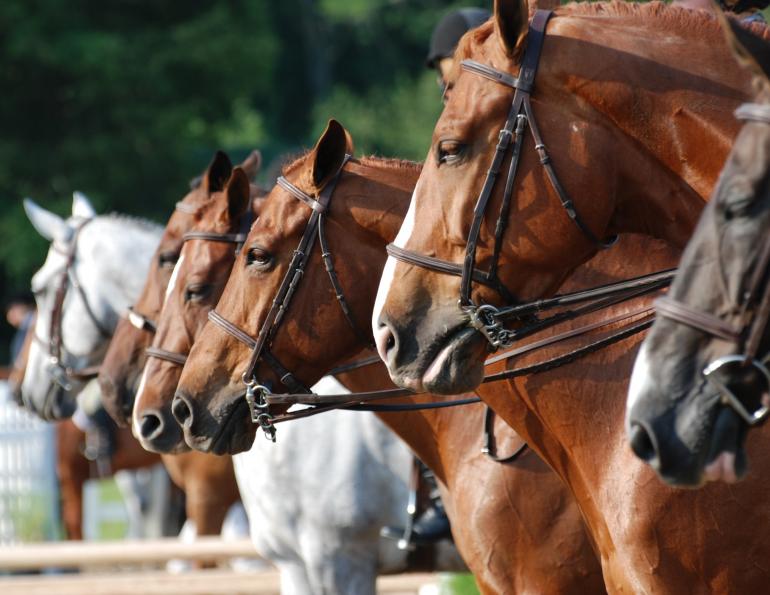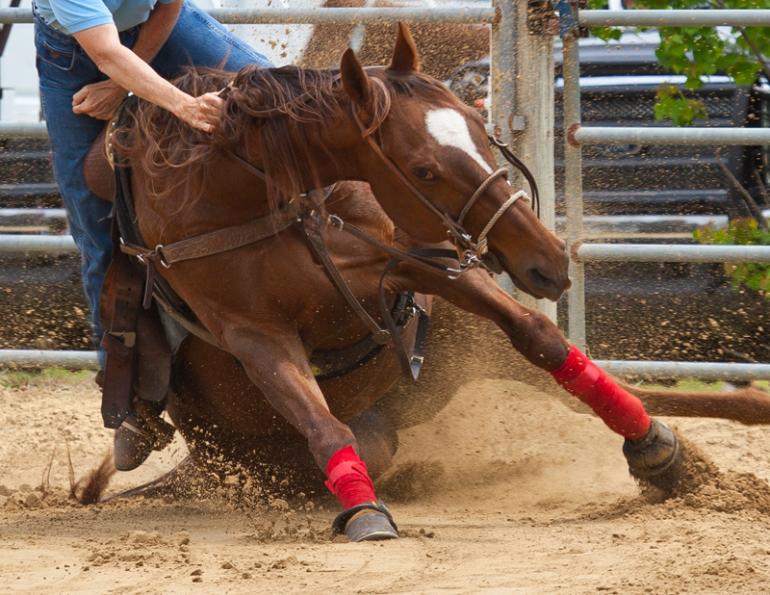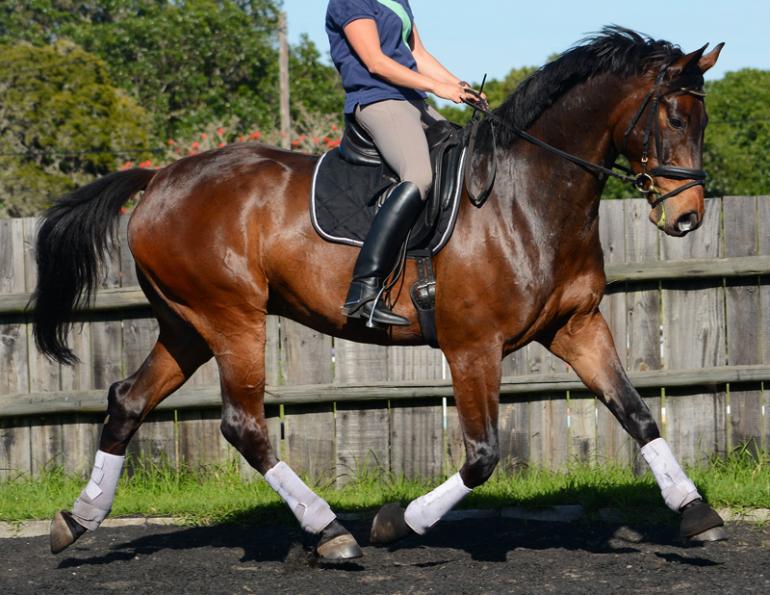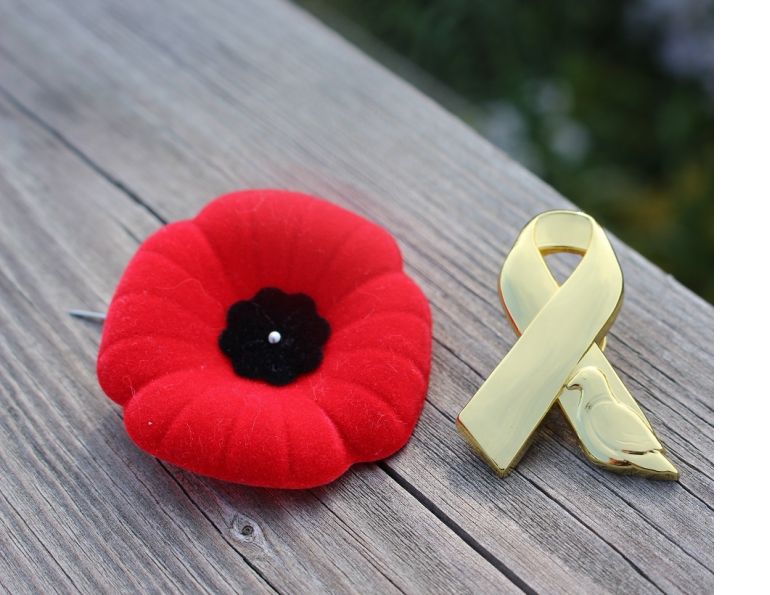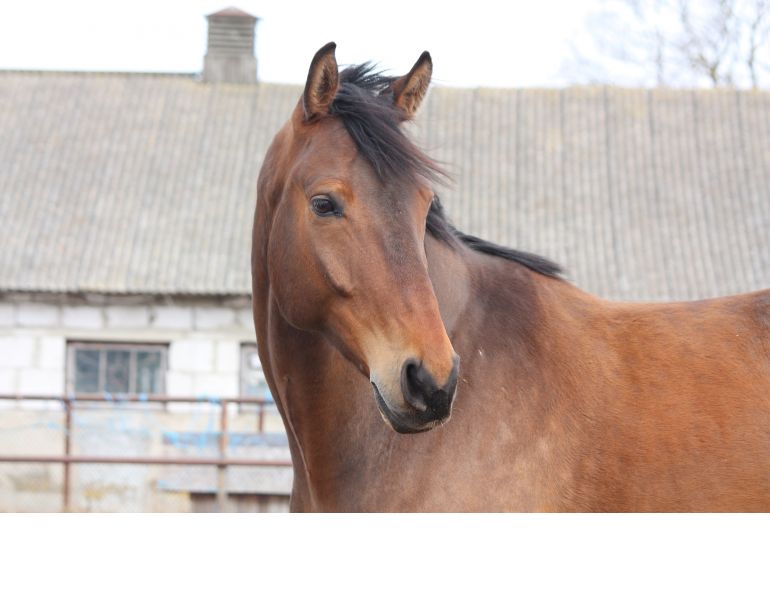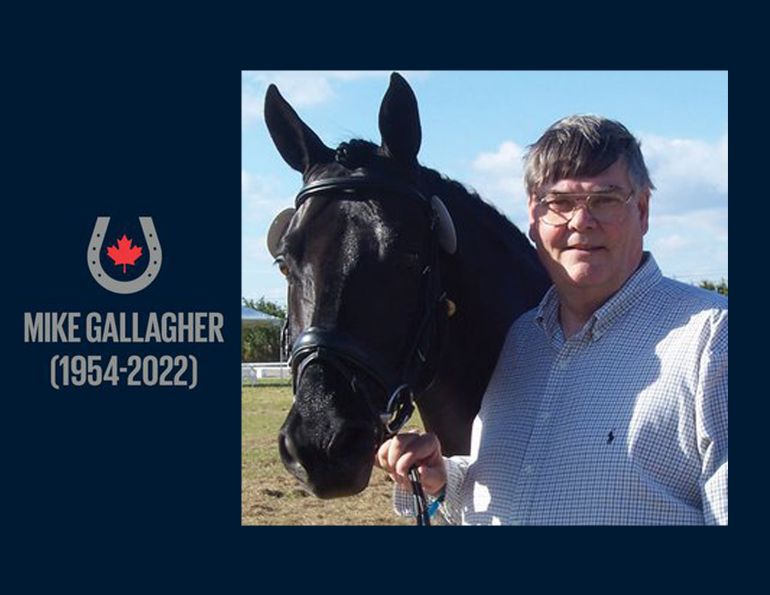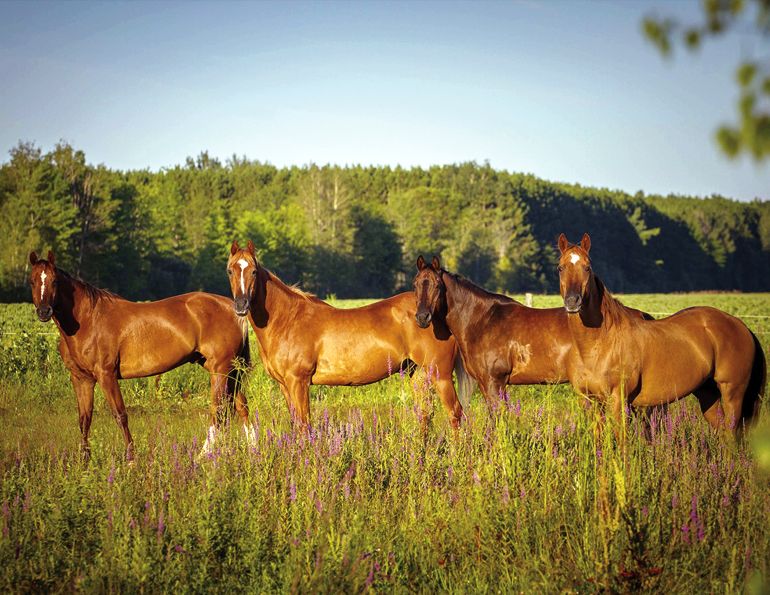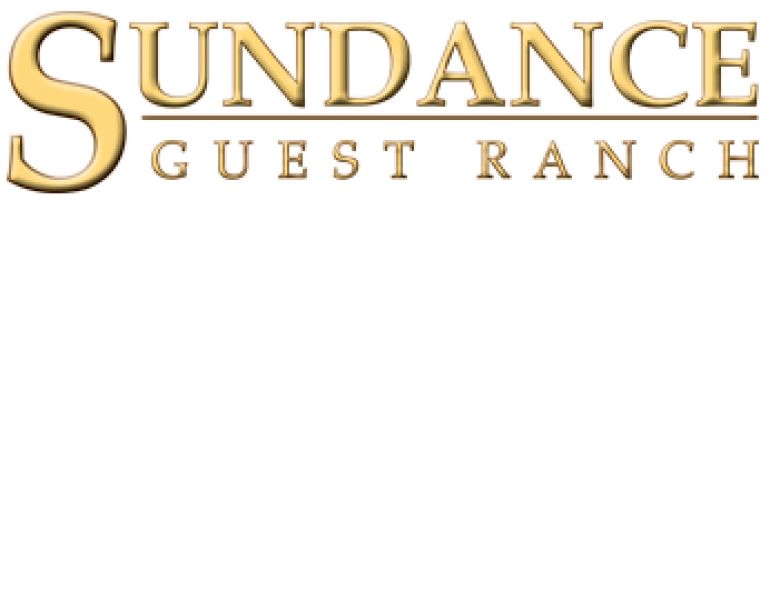Simple ways for owners and handlers to protect horses from disease
Source: Equine Canada
The Canadian Food Inspection Agency (CFIA) in partnership with Agriculture and Agri-Food Canada (AAFC), Equine Canada and its equine sector organizations has developed a National Farm and Facility Level Biosecurity Standard for the Equine Sector.
This new guidance document can be used by horse owners and custodians as a cost effective way to limit the risk of a disease outbreak on farms and other facilities where horses may be kept.
Funding to develop this Standard has been provided under Agriculture and Agri-Food Canada’s Growing Forward 2 Agricultural Policy Framework. It can be adopted in its entirety or can supplement existing on-farm biosecurity programs as it provides:
- Guidance on effective biosecurity practices to minimize the transmission of diseases;
- Ways to reduce the frequency, scope and impact of disease outbreaks; and
- Multiple methods to enhance horse health, welfare and productivity.
Through this partnership, a biosecurity guide will be developed that provides additional information on how to achieve the biosecurity goals outlined in the Standard. This guide will be available in late 2016.
Quick Facts
- Canada already has national biosecurity standards for the avian, bee, cattle, dairy, goat, mink and sheep industries.
- Horse owners and industry members across the country submitted suggestions and reviewed the draft National Biosecurity Standard before it was finalized.
- To protect human and animal health, the CFIA conducts inspections and has monitoring and testing programs in place. The CFIA carries out programs related to animal health and production to guard against the entry of foreign animal diseases and to prevent the spread of certain domestic animal diseases.
Quotes
“Representing Equine Canada, I am pleased to have supported CFIA in the development of this National Standard, participating as co-chair and working with a knowledgeable and dedicated committee with organizational and regional diversity. The Biosecurity Standard and Guide both provide a reference useful to all equine facilities and activities. The goal is to improve and ensure the health of Canadian horses.” – Dr. Mary Bell, Equine Canada representative and co-chair of the Equine Biosecurity Advisory Committee 2016
“The CFIA has seen a great amount of success with national biosecurity standards for the avian, bee, cattle, dairy, goat, mink, and sheep industries. Having these guidelines in place for the equine industry will better equip those who own or care for horses to further protect Canadian horses from diseases. This achievement was made possible by collaborating with other government departments, horse owners and the equine industry. When we work together, we continue to expand Canada's capacity to better safeguard our animals.” – Lawrence MacAulay, Canada’s Minister of Agriculture



